#cesare ripa
Explore tagged Tumblr posts
Photo
via

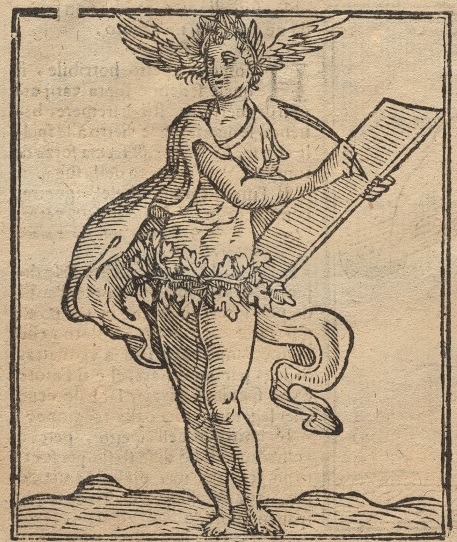
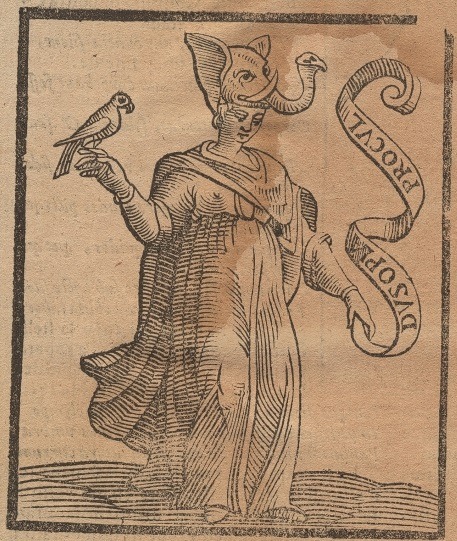

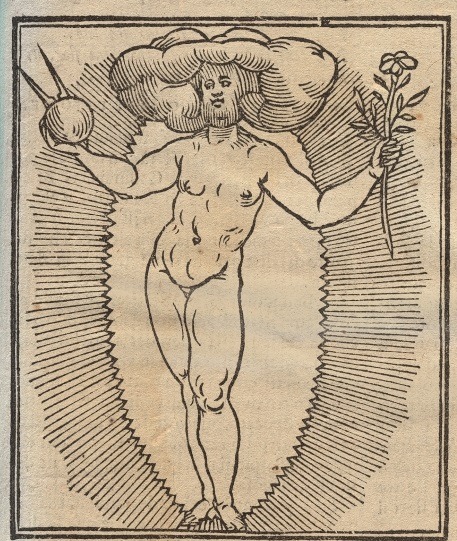


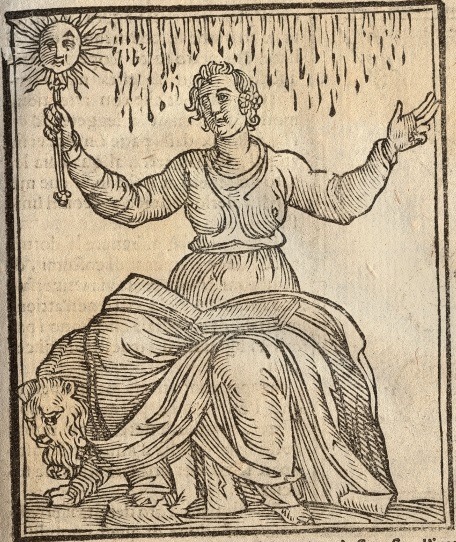
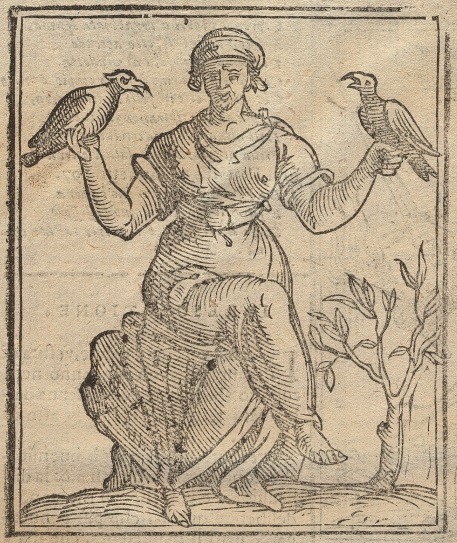

Cesare Ripa, Vergogna honesta (1645)
830 notes
·
View notes
Text

Kehren
Man kann kehren, indem man fegt. Die doppelten Grimms versichern, dass kehren mit kehren nur äußerlich verwandt sei. Das eine Wort stamme vom römischen Fegen, das andere vom römischen Wenden ab, und beides sei innerlich nicht verwandt, das seien unterschiedliche Vorgänge. Man darf die Verhältnisse nicht verkehren und die Kehren nicht verwechseln, so sehen es wohl die, die an Recht und Poetik feilten. Den Grimms nach kann inhaltlich das Fegen nichts (um-) wenden oder abwenden und eine Wende fegt nicht.
Die armen Leute im Fegefeuer, sind sie nicht mehr zu läutern, ist ist ihr Schicksal unumkehrbar? Die Grimms halten das Kehren und das Kehren sowie das Wenden und das Fegen auseinander, damit sie Form und Inhalt auseinanderhalten können, damit sie die Form leer fegen und vollfegen können. Wie soll den sonst der Mensch eine Seele haben, wenn er nicht Form und Inhalt unterscheiden kann? Man könnte ihm nichts lehren, wenn man ihn nicht auch leeren könnte.
Ich bin mir nicht sicher, ob die doppelten Grimm mit ihrer Arbeit nicht in Teufels Küche gekommen sind.
1 note
·
View note
Text


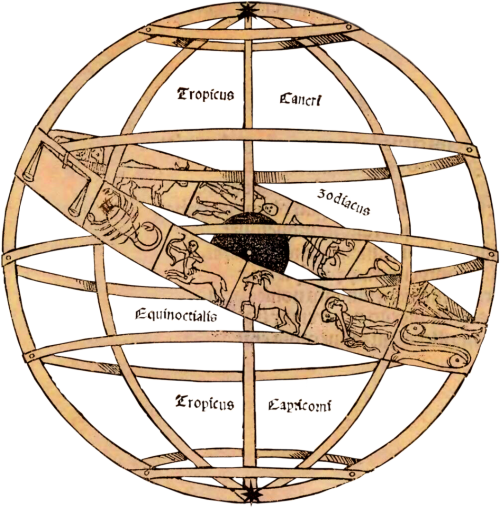
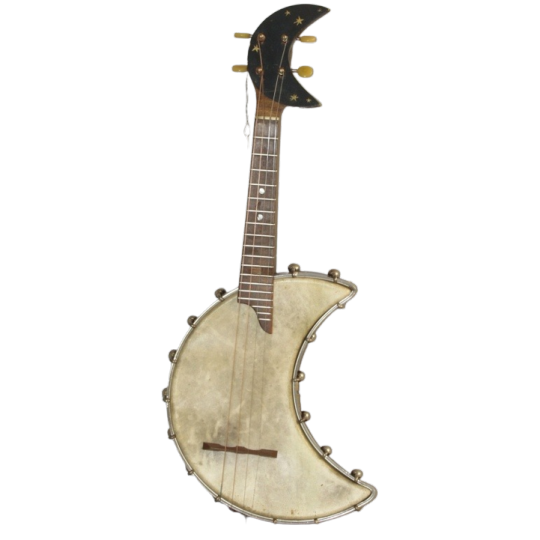
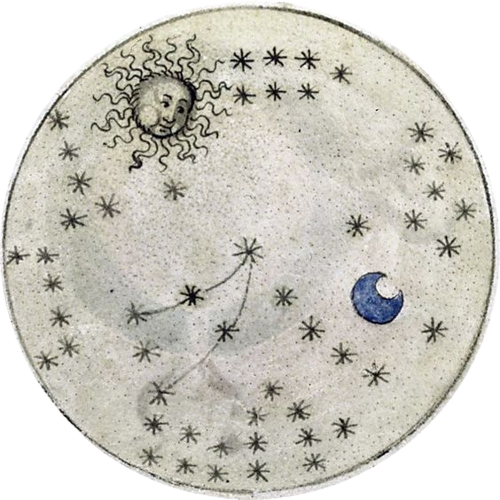
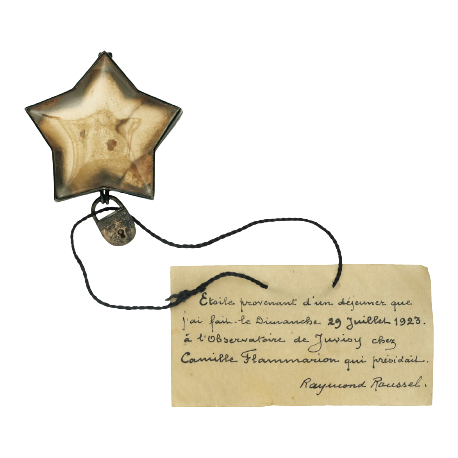

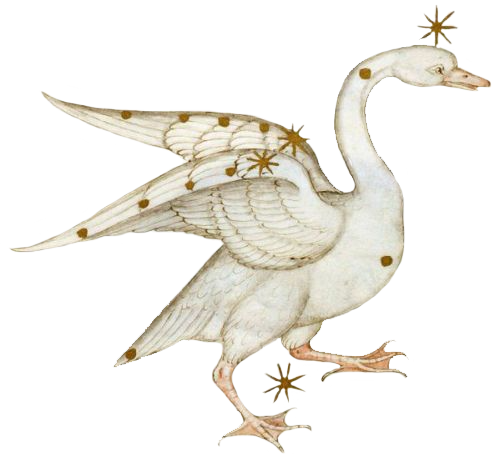
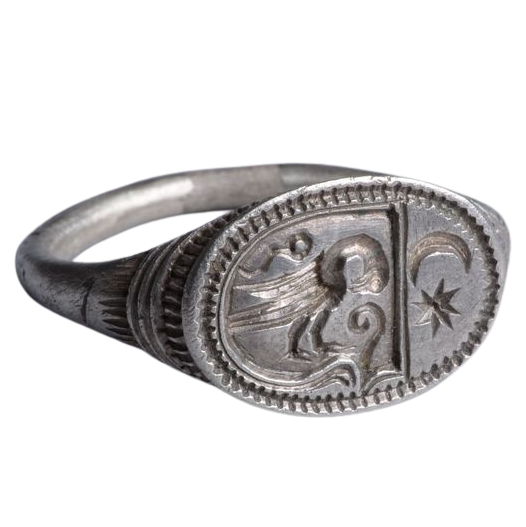
Random PNGs, part 218
(1. Perfume bottle by Julien Viard, 2. Diptych compass and sundial from c. 1595, 3. Astrology map, 4. Half-moon banjo, 5. Illustration from manuscript "La Sfera", 6. "Étoile cosmique" by Raymond Roussel from 1923, 7. Illustration by Cesare Ripa, 8. Constellation Cygnus from medieval manuscript, 9. Medieval signet ring)
#png#pngs#transparent#transparents#collage#collages#moodboard#artboard#imageboard#sticker#stickers#trinkets#moon#218
2K notes
·
View notes
Text

Iconologia Ouero (1603) Cesare Ripa
#engraving#engraving illustration#engraving art#medieval#medieval art#middle ages#medieval engraving#medieval illustration#1600s#1600s art#medieval aesthetic#person#human#woman#angel#cherub#cherubs#people
462 notes
·
View notes
Photo
The picture's personal significance to Vermeer is evident from the fact that it apparently remained in his possession from the late 1660s, when it was painted, until his death in 1675. Even though the family was left in dire financial straits, the painting was not sold. On 24 February 1676 Vermeer's widow, Catharina Bolnes, transferred ownership of the work to her mother, Maria Thins, to keep the picture out of the hands of creditors. The legal document drawn up at this time provides the title of the work: "a piece of painting [by] her Late husband in which was depicted The Art of Painting [De Schilderkunst]." Unlike the descriptive titles usually given to seventeenth-century paintings, this title focuses on the picture's meaning, an indication that the image represents far more than an artist at an easel, depicting a woman dressed as Clio, the muse of history. The title also indicates that Vermeer incorporated the other significant compositional elements -- map, tapestry, and chandelier -- to help convey his conviction about the meaning and significance of the art of painting.
The issues Vermeer addressed here were not new. Ever since antiquity artists and theorists had sought to define the qualities and ideals paintings should include, and the significance they held for human beliefs and understanding. Concurrent with these concerns were questions about the artist's place in society, whether he should be considered a craftsman, on a par with carpenters and goldsmiths, or a creative genius, such as poets and philosophers. Finally, commentaries on the visual arts always imparted an awareness of the enormous fame brought to a city or a nation by its artists.
Although these intellectual ideas belonged to an established tradition, Vermeer's own interpretation was innovative. Rather than using a single allegorical figure to embody his theme (see Painting and Illusionism), Vermeer chose to present his allegory in the guise of an everyday scene that takes place in a recognizable room filled with objects. The artist is dressed in an elegant costume, which elevates him beyond the social level of an anonymous craftsman. The distinctive doublet, decorated with slits across its back and arms, is similar to garments worn on special occasions in the early to mid-seventeenth century, perhaps to enhance the painting's historicizing character.
The artist observes his model, who is dressed as Clio, the muse of history. As he records her image carefully on his canvas, he is not so much the recipient of the muse's inspiration as the agent through whom she takes on life and significance. Clio wears a crown of laurel on her head to denote honor, glory, and eternal life. In one hand she holds a trumpet, which stands for fame, and in the other she clasps a thick folio, perhaps a volume of Thucydides, which symbolizes history. These were the attributes ascribed to her by Cesare Ripa in his Iconologia, a sixteenth-century book of emblems and personifications that was widely used by artists. It also became a source for theorists, among them Vermeer's contemporary, Samuel van Hoogstraten, whose treatise of 1678 contains an image of Clio almost exactly as described by Ripa, with book and trumpet in hand.

Johannes Vermeer, c.1666, The Art of Painting (also known as The Allegory of Painting or The Painter in His Studio)
Extract from the National Gallery of Art:
The Art of Painting holds a special place within Vermeer’s oeuvre. While it displays all the captivating characteristics of his artistic genius — a carefully observed seventeenth-century Dutch interior illuminated by softly diffused light, exquisitely painted details, and a frozen moment imbued with psychological depth — it stands apart from his other works in its imposing scale and pronounced allegorical character.
#history#art#art history#clothing#dutch republic#netherlands#johannes vermeer#catharina bolnes#maria thins#clio#thucydides#cesare ripa#samuel dirksz van hoogstraten#iconologia (cesare ripa)#the art of painting#doublet
197 notes
·
View notes
Text

Allegory of Grammar
Artist: Laurent de La Hyre (French, 1606–1656)
Date: 1650
Medium: Oil on canvas
Collection: National Gallery, London, United Kingdom
Description
This painting is one of a series depicting the Seven Liberal Arts, which represent disciplines associated with learning and language – grammar, logic, rhetoric, arithmetic, music, geometry and astronomy – as half-length figures of women. Grammar is shown as a woman watering plants, conveying the idea that young minds need encouragement to develop and grow. The Latin inscription on the scroll can be translated as ‘A meaningful and literate word spoken in the correct manner’.
La Hyre’s figure imitates classical sculpture: her drapery appears solid and is arranged in crisp, overlapping folds. Further references to the classical age can be seen in the column and ornate urn.
La Hyre was probably inspired by Cesare Ripa’s Iconologia, an illustrated dictionary in which ideas were represented through images of people. The French edition was published in 1644, about five years before the artist began his series.
#allegorical art#painting#oil on canvas#allegory of grammar#allegorical scene#allegorical character#female figure#liberal arts#fine art#oil painting#artwork#costume#drapery#potted plants#classic column#trees#table#ornate urn#french culture#french art#laurent de la hyre#french painter#european art#17th century painting#national gallery london
31 notes
·
View notes
Text
the wicked powers gang as animals bc i'm going crazy:
dru - hers was actually the hardest one. i'd argue she is a chameleon. taking most of this from her storyline in qooad, she was constantly observing, trying to fit in and help, and has always done that. this time it was harder, as her life changed rapidly from her brother and sister returning, to losing a sister, to - metaphorically speaking - losing two of her brothers bc of their grief. remember how hard she tried to connect w ty after livvy's death?
kit - hmm a raven. they can be seen as both an omen for death and as an omen for rebirth. kit is the descendant of the first heir line, he is hunted and death follows him wherever he goes. but then he lived w the blackthorns for a while, getting to know a new world as he found out who he truly was, and now lives w his new family, people who accept him (am i making sense?)
ty - badger. a badger is known for its persistence and determination, but, in medieval european folklore, they were associated w witchcraft and seen as cunning
livvy - heliconius melpomene aka postman butterfly. not really for what it represents but for its name - the butterfly was named after the muse melpomene of greek mythology. melpomene is one of many siblings, and is the muse of tragedy. iconographer cesare ripa described her, saying "the grave aspect and heroic dress denote that tragedy is a representation of famous deeds and of history". as a bonus, in 1852, a man named a minor planet "18 melpomene" bc it was found the day his daughter passed.
ash - now THIS one is a black cat. hear me out: seen as bad omens and companions of witches, sometimes partaking in depictions of the fall of adam and eve. but in the end it's just a cat clinging to what it knows and what has first loved it yk?? and it's also, like all cats, known for their cuteness, for lack of a better word, drawing in strangers, and i think that can encapsolate ash as we know him
#tell me your thoughts and add other characters if any of y'all want#i very much so limited myself to the ones we've already seen plenty of times#this is so random god i love utilising my free will#dru blackthorn#drusilla blackthorn#kit herondale#ty blackthorn#tiberius blackthorn#livvy blackthorn#ash morgenstern#the wicked powers#twp#the shadowhunter chronicles#tsc
25 notes
·
View notes
Text

Poetry
Artist: Alessandro Turchi (Italian, 1578-1649)
Date: 1606
Medium: Oil on canvas
Collection: The Royal Collection, United Kingdom
Description
This painting depicting Poetry formed one side of an organ shutter originally painted for the organ in the newly built music hall at the Accademia Filarmonica in Verona. When the shutters were opened, Music appeared on the left with Poetry on the right. The figure was inspired by Cesare Ripa's Iconologia and the artist probably consulted the 1603 edition which has some woodcut illustrations. Identifiable primarily by their costume and the attributes they hold. Crowned with a laurel wreath, Poetry is dressed in blue to show that poetry is a heavenly art; her head is winged, to convey her 'flights of Fancy'; she holds a book in one hand and, in the other, a laurel branch, sharpened like a quill pen. Ripa includes the laurel crown, wings on head, book in left hand and 'sceptre' of laurel, but there is no woodcut illustration.
King's Bed Chamber, Windsor Castle
#painting#oil on canvas#poetry#female figure#costume#laurel wreath#book#laurel branch#wings#alessandro turchi#italian painter#european art#artwork#oil on canvas painting#17th century painting#the royal collection
20 notes
·
View notes
Text

"Incostanza. Allegory of "Vægelsindet""
By Abraham Janssens I
Oil Painting, c. 1615-1618
Statens Museum for Kunst.
Title roughly translated to English: "Inconsistency. An Allegory of a Fickle Mind"
SMK also lists other titles, such as:
Museum title (shown above cut)
Other title: Incostanza. Allegory of impermanence
Former title nº1: Incostanza. Allegory of impermanence. The motif is based on Cesare Ripa's handbook of allegorical figures ("Iconologia")
Former title nº2: Inconstancy. The shifty mind
=== = ===
Abraham Janssens I was a historical painter from Flanders. His notable works are religious and mythological subjects, which was common for the time since he lived through the late Renaissance era, with his inspiration being Caravaggio.
The work was previously attributed to two different *Dutch* painters. One is unknown, while the other was Gerard van Honthorst. It's also believed that the painting belonged to a series (see "Former title nº1").
#art#artwork#art blog#painting#oil painting#renaissance#renaissance art#aesthetic#history#17th century#17th century art#1600s#early 1600s#abraham janssens i#abraham janssens#flemish#flemish art#flanders#flemish artist#mythological#mythological art#symbolism#moon#blue#blue aesthetic#night#bat#pretty#lobster#blue lobster
22 notes
·
View notes
Text
Acontece assim: tiro as pernas do balcão de onde via um sol de inverno se pondo no Tejo e saio de fininho dolorosamente dobradas as costas e segurando o queixo e a boca com uma das mãos. Sacudo a cabeça e o tronco incontrolavelmente, mas de maneira curta, curta, entendem? Eu estava dando gargalhadinhas e agora estou sofrendo nosso próximo falecimento, minhas gargalhadinhas evoluíram para um sofrimento meio nojento, meio ocasional, sinto um dó extremo do rato que se fere no porão, ai que outra dor súbita, ai que estranheza e que lusitano torpor me atira de braços abertos sobre as ripas do cais ou do palco ou do quartinho. Quisera dividir o corpo em heterônimos — medito aqui no chão, imóvel tóxico do tempo.
Ana Cristina Cesar (final de uma ode)
8 notes
·
View notes
Text
Zügige Formen
Oppenheimer wiederholt eine Pathosformel, die auf Tafel 79 als Figur eines Begehrens, der Hoffnung, verkehrter Opferung und des Verzehrens durchgearbeitet wird, die bei Cesare Ripa 1608 als Querela bezeichnet und noch auf Kollwitz' Plakat Nie wieder! wiederkehrt. 1958 greift Wind, Edgar Wind die Geschichte der Transzendenformeln in seinem Buch über pagane Mysterien auf und nennt die Vorstellung, dass Transzendenz der Ursprung von Balance sei, eine extreme Spitzfindigkeit. Wie sagte Hans Rosenthal bei Verwendung entsprechender Pathosformeln, bei zügigen Formen und Dalli-Dalli? "Wir sind der Meinung, das ist Spitze!"

Robert Oppenheimer
Philippe Halsman, 1958.
975 notes
·
View notes
Text
America, 1625 (Iconologia de Cesare Ripa)

View On WordPress
1 note
·
View note
Text
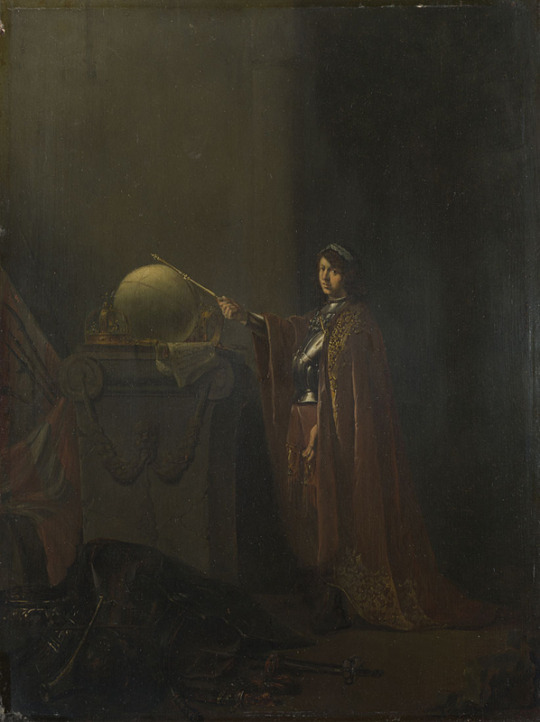
Título completo: Un sujeto alegórico (El gobernante justo) Artista: Willem de Poorter Fechas de artistas: 1608 - después de 1648 fecha hecha: probablemente 1636 Medio y soporte: Óleo sobre roble Dimensiones: 50,2 × 37,5 cm Resumen de inscripción: Firmado Crédito de adquisición: Presentado por T. Humphrey Ward, 1889 Numero de inventario: NG1294
Esto no es un retrato, es una alegoría, un intento de representar una idea o un ideal. Sin embargo, interpretar el simbolismo es difícil. Vemos a un joven, erguido y ligeramente distante que gira la cabeza para mirarnos directamente a los ojos.
La figura puede estar basada en un libro de iconología de Cesare Ripa que se publicó por esta época. Incluye una ilustración de una mujer suntuosamente vestida con una corona, un peto y un cetro, y está titulado Mérito. Si esta era la intención de De Poorter aquí, entonces podríamos entender la imagen como una encarnación del Mérito asumiendo el poder mundano y representando así al Gobernante Justo. Está literalmente iluminado por la luz del sol que entra por la alta ventana, y el cetro indica su autoridad; las coronas, su estatus regio; la coraza (peto) su fuerza. Sin embargo, parece rechazar los instrumentos y la grandilocuencia de la guerra, en favor de las leyes escritas en el pergamino.
Información e imagen de la web de la National Gallery de Londres.
0 notes
Text

Iconologia Ouero (1603) Cesare Ripa
#engraving#engraving illustration#engraving art#medieval#medieval art#middle ages#medieval engraving#medieval illustration#etching#woodcut#1600s#woman#human#person#people#sword#swords#god this engraving serves so much fucking cnt
38 notes
·
View notes
Text

Purity of Heart
Artist: Pompeo Girolamo Batoni (Italian, 1708-1787)
Date: 1752
Medium: Oil on canvas
Collection: National Trust Collections, United Kingdom
Description
This is an allegorical representation of one of the eight Beatitudes, from the Sermon on the Mount. "Blessed are the pure in heart: for they shall see God" is symbolised by a woman wearing white for purity, clutching a dove to her heart, and with lilies emblematic of the Immaculate purity of the Virgin. Yet Batoni was following Cesare Ripa’s Iconologia (Rome, 1603) for its pictorial representation. It and its companion, Meekness, were probably commissioned in Rome by Sir Matthew Fetherstonhaugh of Uppark, when on the Grand Tour with his wife and some of their relatives. The idea may have come from one of the party: his clergyman brother, Utrick, subsequently Rector of Harting.
#allegorical art#painting#oil on canvas#fine art#purity of heart#the eight beatitudes#sermon of the mount#symbolism#woman#white costume#dove#lilies#angel#table#drapery#pompeo girolamo batoni#oil painting#italian painter#italian culture#18th century painting#italian art#european art#allegory
37 notes
·
View notes
Text

file: Iconologia di Cesare Ripa Pervgino divisa in tre libri ampliata 1669 (7885077).jpg
0 notes